Science and Industry Museum
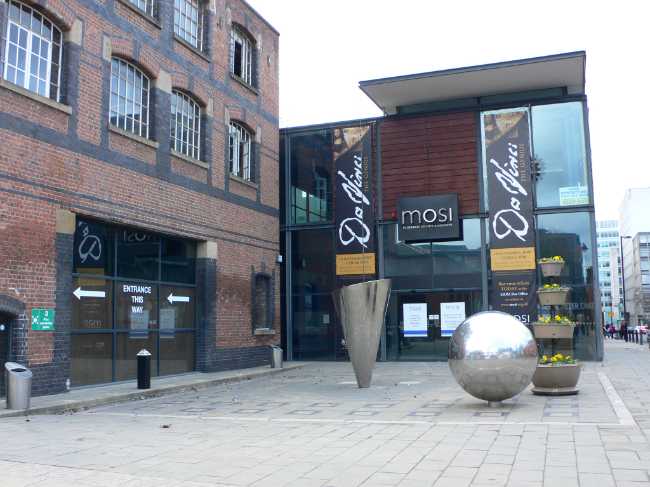
The Science and Industry Museum in Manchester is a dynamic celebration of innovation, housed on the site of the world’s first passenger railway station. Located on Liverpool Road, the museum explores 250 years of scientific and industrial progress that began in Manchester and shaped the modern world. Visitors can journey through the city’s legacy in galleries dedicated to textiles, computing, transport, and energy, with highlights including working steam engines and interactive exhibits in the Experiment gallery. The museum also hosts special exhibitions like “Operation Ouch! Brains, Bogies and You” and “Power Up,” a hands-on gaming experience. While parts of the site are undergoing a major restoration, including the historic Power Hall and 1830 Station, the museum remains open daily with free admission. With its blend of heritage, discovery, and family-friendly activities, the Science and Industry Museum offers an inspiring experience for all ages.
Manchester United KingdomThe Science and Industry Museum is located on Liverpool Road in the Castlefield area of Manchester city centre, with the postcode M3 4FP. It occupies a historically significant site, featuring the world’s oldest surviving passenger railway station and the first purpose-built railway warehouse, making it a landmark in industrial heritage. The museum is easily accessible by bus, tram, train, bike, or car, and is close to the Deansgate-Castlefield Metrolink stop. Nearby attractions include the vibrant Castlefield urban heritage park, known for its canals, Roman ruins, and converted warehouses housing bars and restaurants. The museum is also within walking distance of Manchester’s central shopping district, the John Rylands Library, and the People's History Museum. Its central location and rich surroundings make it an ideal destination for visitors interested in science, technology, and Manchester’s industrial past, while also offering access to a lively cultural and leisure scene. The museum is open daily, with free admission to its permanent galleries, and continues to develop through a major restoration project to enhance visitor experiences.
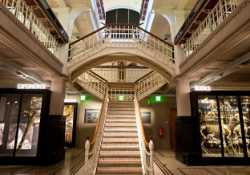 Manchester Museum
Manchester
Manchester Museum
Manchester
 People’s History Museum
Manchester
People’s History Museum
Manchester
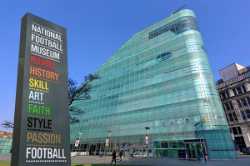 National Football Museum
Manchester
National Football Museum
Manchester
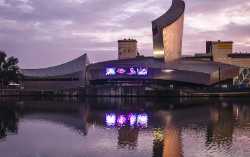 Imperial War Museum North
Manchester
Imperial War Museum North
Manchester
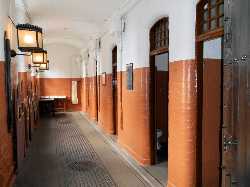 Greater Manchester Police Museum
Manchester
Greater Manchester Police Museum
Manchester
 The Pankhurst Centre
Manchester
The Pankhurst Centre
Manchester
 Manchester Art Gallery
Manchester
Manchester Art Gallery
Manchester
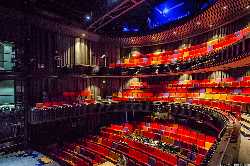 HOME Manchester
Manchester
HOME Manchester
Manchester
 Whitworth Art Gallery
Manchester
Whitworth Art Gallery
Manchester
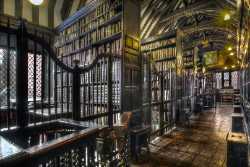 Chetham’s Library & Medieval Buildings
Manchester
Chetham’s Library & Medieval Buildings
Manchester
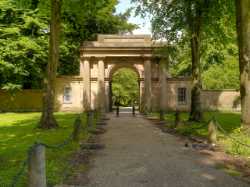 Heaton Park
Manchester
Heaton Park
Manchester
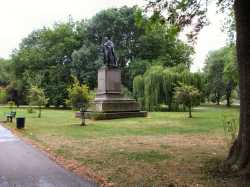 Whitworth Park
Manchester
Whitworth Park
Manchester
 Fletcher Moss Botanical Garden
Manchester
Fletcher Moss Botanical Garden
Manchester
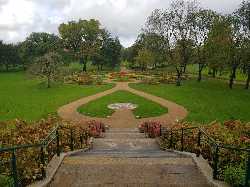 Peel Park
Manchester
Peel Park
Manchester
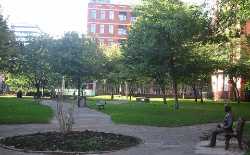 Sackville Gardens
Manchester
Sackville Gardens
Manchester
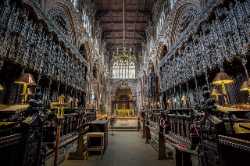 Manchester Cathedral
Manchester
Manchester Cathedral
Manchester
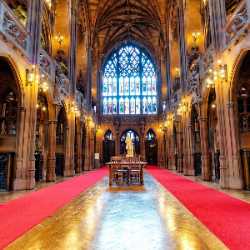 John Rylands Library
Manchester
John Rylands Library
Manchester
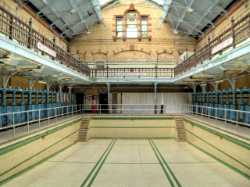 Victoria Baths
Manchester
Victoria Baths
Manchester
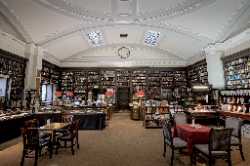 Portico Library
Manchester
Portico Library
Manchester
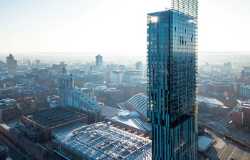 Beetham Tower
Manchester
Beetham Tower
Manchester
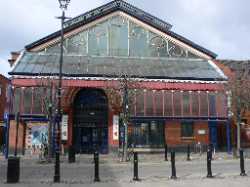 Manchester Craft and Design Centre
Manchester
Manchester Craft and Design Centre
Manchester
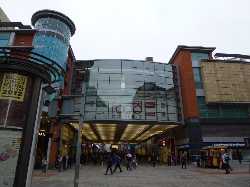 Arndale Market
Manchester
Arndale Market
Manchester
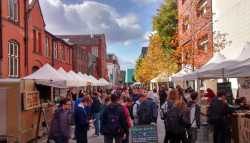 Levenshulme Market
Manchester
Levenshulme Market
Manchester
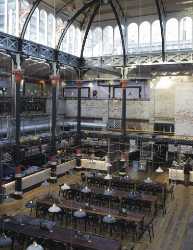 Mackie Mayor
Manchester
Mackie Mayor
Manchester
 Albert Square
Manchester
Albert Square
Manchester
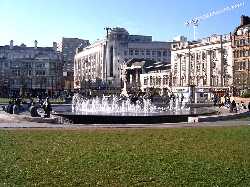 Piccadilly Gardens
Manchester
Piccadilly Gardens
Manchester
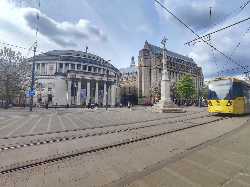 St. Peter’s Square
Manchester
St. Peter’s Square
Manchester
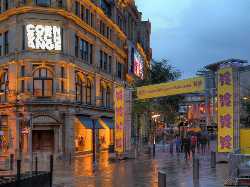 Exchange Square
Manchester
Exchange Square
Manchester
 The Lowry
Manchester
The Lowry
Manchester
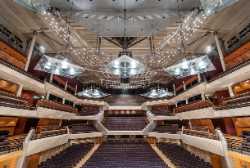 Bridgewater Hall
Manchester
Bridgewater Hall
Manchester
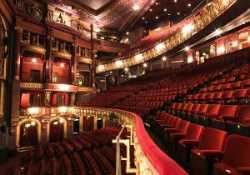 Palace Theatre
Manchester
Palace Theatre
Manchester
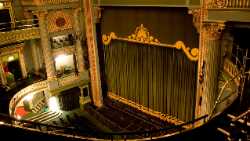 Opera House Manchester
Manchester
Opera House Manchester
Manchester
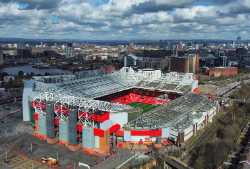 Old Trafford Stadium
Manchester
Old Trafford Stadium
Manchester
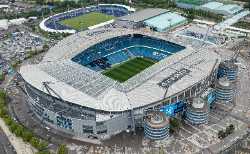 Etihad Stadium
Manchester
Etihad Stadium
Manchester
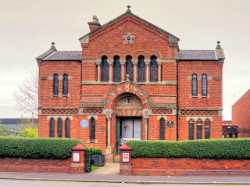 Manchester Jewish Museum
Manchester
Manchester Jewish Museum
Manchester
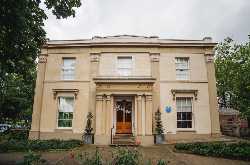 Elizabeth Gaskell’s House
Manchester
Elizabeth Gaskell’s House
Manchester
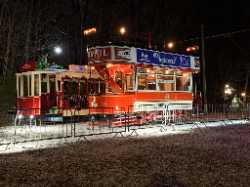 Heaton Park Tramway Transport Museum
Manchester
Heaton Park Tramway Transport Museum
Manchester
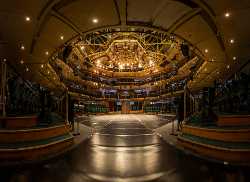 Royal Exchange Theatre
Manchester
Royal Exchange Theatre
Manchester
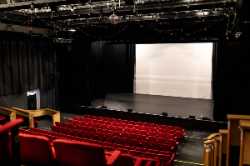 Contact Theatre
Manchester
Contact Theatre
Manchester
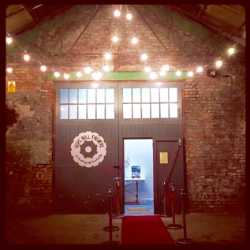 Hope Mill Theatre
Manchester
Hope Mill Theatre
Manchester
 Z-arts
Manchester
Z-arts
Manchester
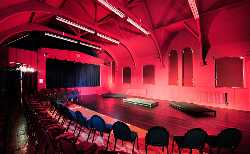 The Edge Theatre and Arts Centre
Manchester
The Edge Theatre and Arts Centre
Manchester
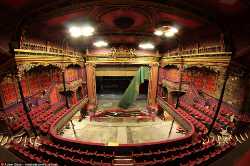 Hulme Hippodrome
Manchester
Hulme Hippodrome
Manchester
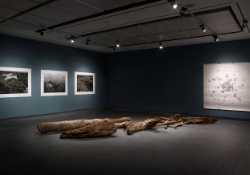 Esea contemporary
Manchester
Esea contemporary
Manchester
 Castlefield Gallery
Manchester
Castlefield Gallery
Manchester
 Contemporary Six
Manchester
Contemporary Six
Manchester
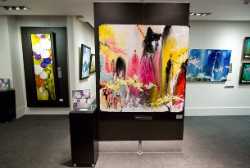 Whitewall Galleries
Manchester
Whitewall Galleries
Manchester
 Colin Jellicoe Gallery
Manchester
Colin Jellicoe Gallery
Manchester
 Generation Gallery
Manchester
Generation Gallery
Manchester
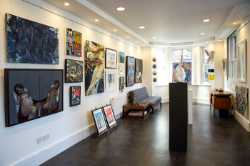 Saul Hay Gallery
Manchester
Saul Hay Gallery
Manchester
 Egoiste Gallery
Manchester
Egoiste Gallery
Manchester
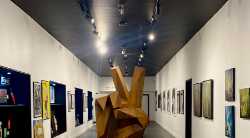 Smolensky Gallery
Manchester
Smolensky Gallery
Manchester
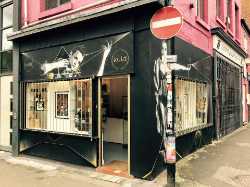 Kula Gallery
Manchester
Kula Gallery
Manchester
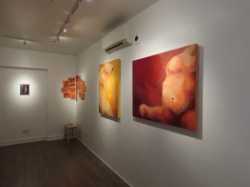 Saan1
Manchester
Saan1
Manchester